
Forklift Brake - A brake drum is where the friction is provided by the brake pads or brake shoes. The shoes or pads press up against the rotating brake drum. There are several different brake drums types along with particular specific differences. A "break drum" will usually refer to when either shoes or pads press onto the inner surface of the drum. A "clasp brake" is the term utilized to describe if shoes press next to the outside of the drum. One more type of brake, known as a "band brake" makes use of a flexible band or belt to wrap round the outside of the drum. If the drum is pinched in between two shoes, it could be known as a "pinch brake drum." Like a typical disc brake, these types of brakes are quite rare.
Previous to the year 1995, old brake drums required constant modification periodically to be able to compensate for drum and shoe wear. Long brake pedal or "Low pedal" travel is the hazardous outcome if adjustments are not carried out satisfactorily. The motor vehicle can become hazardous and the brakes can become useless when low pedal is mixed together with brake fade.
There are a variety of Self Adjusting Brake Systems presented, and they can be categorized within two main kinds, RAI and RAD. RAI systems have built-in devices which avoid the systems to recover when the brake is overheating. The most well known RAI manufacturers are AP, Bendix, Lucas, and Bosch. The most well-known RAD systems comprise Ford recovery systems, Volkswagen, VAG, AP and Bendix.
Self-repositioning brakes normally utilize a mechanism which engages only when the vehicle is being stopped from reverse motion. This stopping technique is acceptable for use where all wheels use brake drums. Most vehicles nowadays utilize disc brakes on the front wheels. By functioning only in reverse it is less probable that the brakes will be adjusted while hot and the brake drums are expanded. If adjusted while hot, "dragging brakes" could take place, which increases fuel expenditure and accelerates wear. A ratchet mechanism that becomes engaged as the hand brake is set is another way the self adjusting brakes could function. This means is just appropriate in functions where rear brake drums are utilized. If the parking or emergency brake actuator lever exceeds a certain amount of travel, the ratchet developments an adjuster screw and the brake shoes move toward the drum.
Situated at the bottom of the drum sits the manual adjustment knob. It can be adjusted utilizing the hole on the other side of the wheel. You will have to go underneath the vehicle along with a flathead screwdriver. It is very important to be able to adjust each and every wheel evenly and to be able to move the click wheel properly since an unequal adjustment can pull the vehicle one side during heavy braking. The most effective way in order to ensure this tedious task is accomplished safely is to either lift each and every wheel off the ground and hand spin it while measuring how much force it takes and feeling if the shoes are dragging, or give each one the same amount of manual clicks and then perform a road test.
![]() Click to Download the pdf
Click to Download the pdf
Forklift Parts
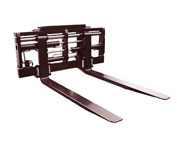
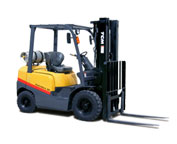
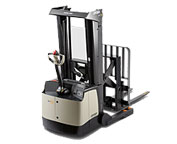
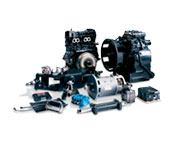
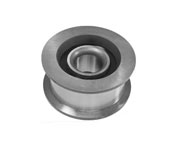
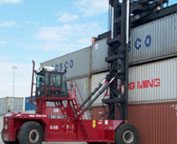
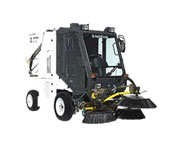
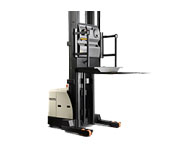
Lift Parts Express
TOLL FREE: 1-888-695-7994
LOCAL: 760-539-3072
2604-B EL CAMINO REAL 401
Carlsbad, California
forkliftpartscarlsbad.com
Email Us
About Us



